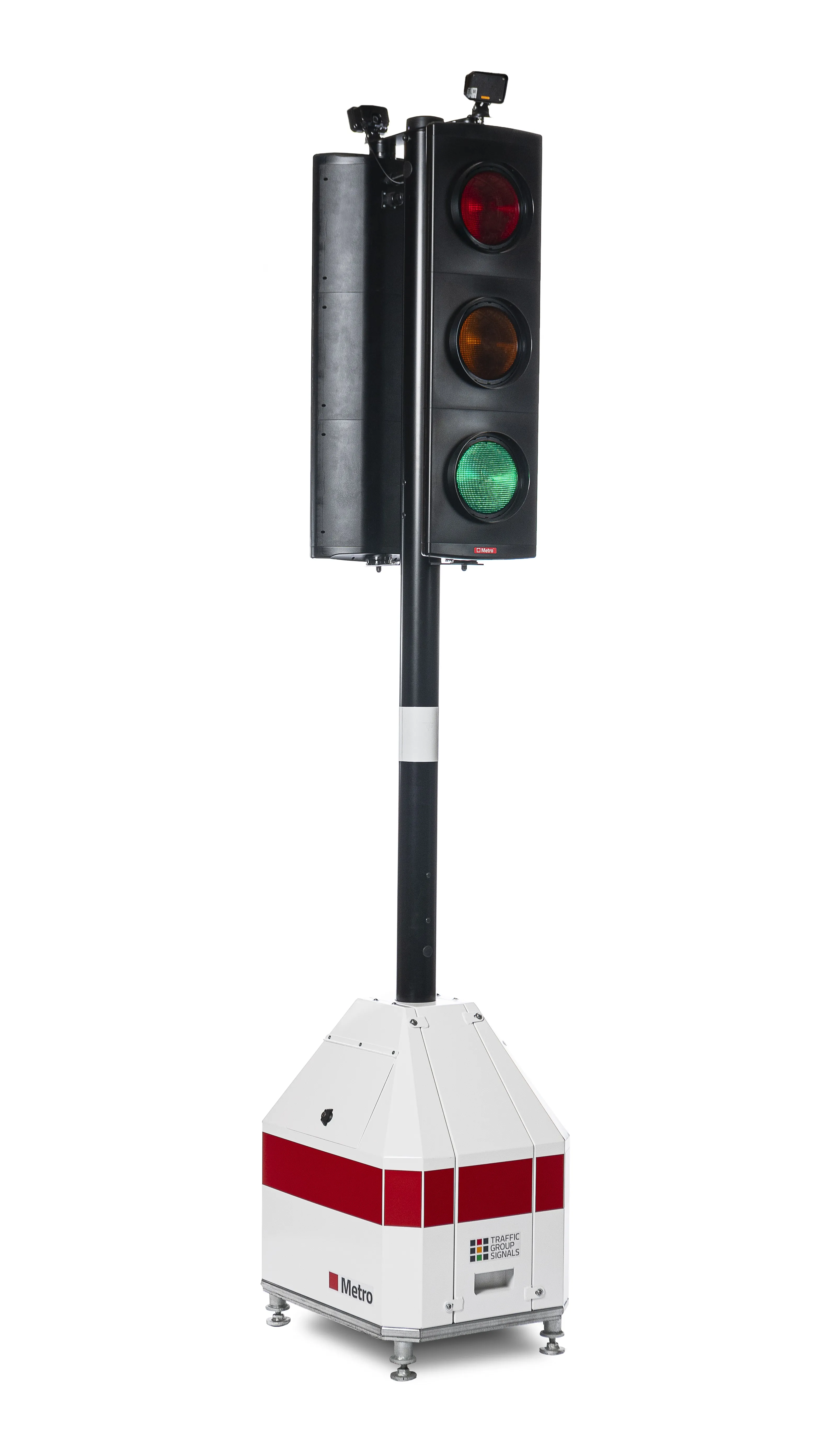The contracts, which are funded by the UK government’s US$488 million pinch point scheme, have been awarded by civil contractors Interserve Construction and Jackson Civil Engineering and are intended to help alleviate the flow of traffic joining and leaving the busy M27 junctions 3 and 5.
The upgrade work, which is already underway, will see additional lanes added on some approach roads and sections of the roundabouts, as well as new traffic signals installed to increase capacity. Work is due to be completed by spring 2015.
At junction 3, the north section of the roundabout is being signalised and existing signals on the westbound exit slip road will be replaced and additional lanes added. All sections of the roundabout will be linked to urban traffic control (UTC).
At junction 5, the northeast and northwest sections of the roundabout are being signalised. Existing signals on the eastbound exit slip road are being replaced and additional lanes added. All sections of the roundabout will also be linked to UTC.
The additional capacity on these two busy junctions will allow the roundabouts to work more efficiently to reduce congestion and improve journey times.
Siemens to implement motorway junction improvements
Siemens is to supply and install traffic signals and controllers for two major junction improvements schemes on the M27 motorway in Hampshire, UK.
The contracts, which are funded by the UK government’s US$488 million pinch point scheme, have been awarded by civil contractors Interserve Construction and Jackson Civil Engineering and are intended to help alleviate the flow of traffic joining and leaving the busy M27 junctions 3 and 5.
The upgrade work, which is already underway, will see additional lane
February 13, 2015
Read time: 2 mins









